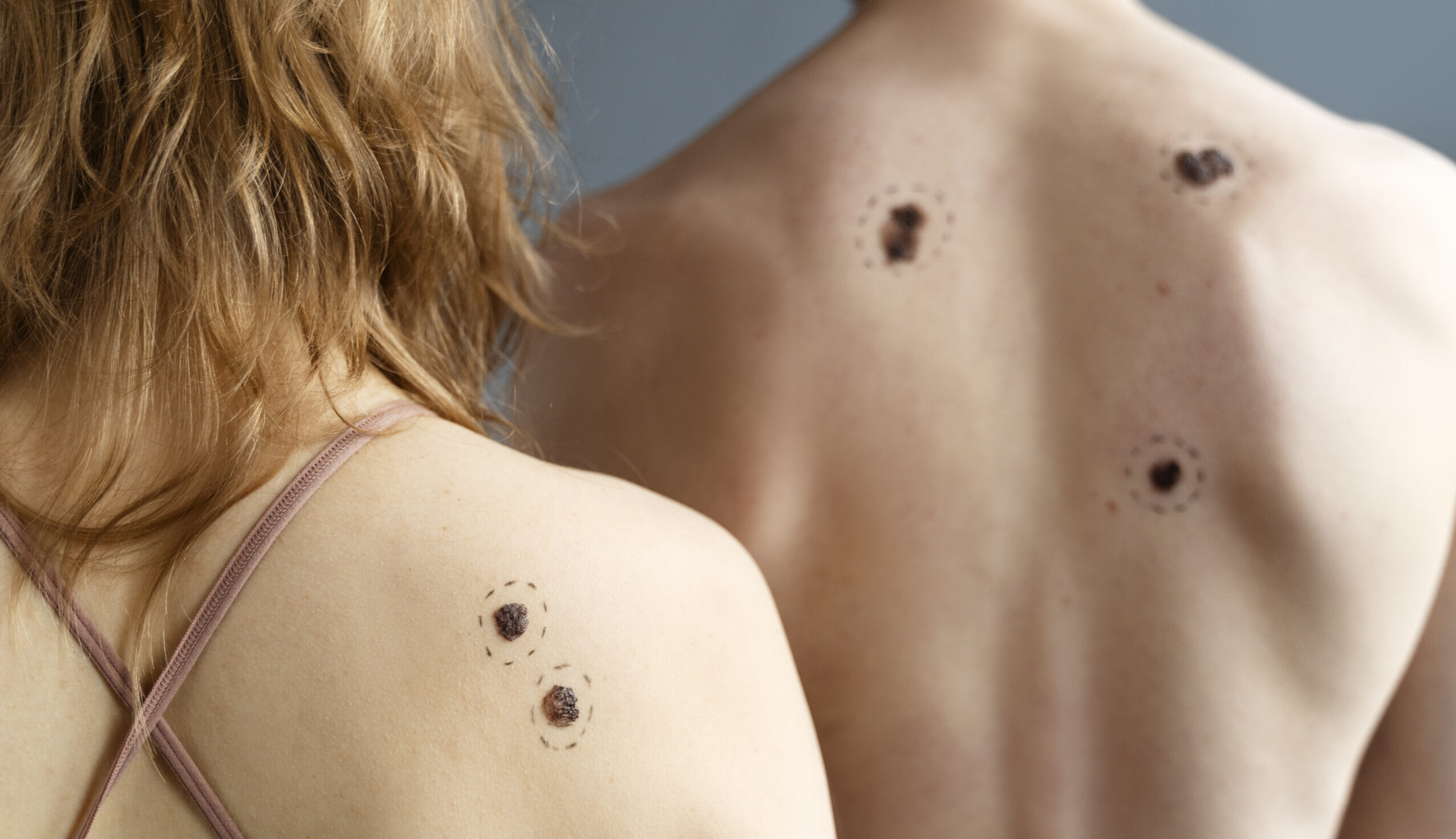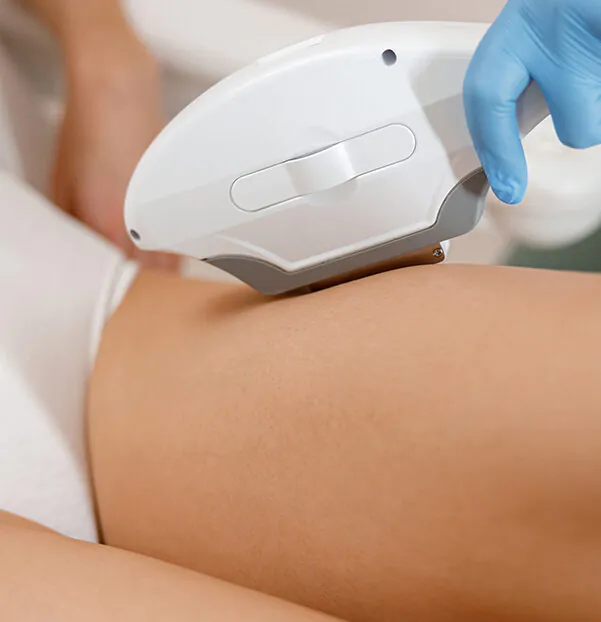Skin Tags Removal

Black Friday 2025 is here — and so are Silkor’s most exclusive offers of the year.
It’s the perfect time to book the treatments you’ve been eyeing, from laser hair removal and advanced facials to injectables and body contouring. Experience trusted medical expertise, cutting-edge technology, and results that speak for themselves, all at limited-time prices. Our team of specialists is here to help you enhance, refine, and renew your look safely and effectively.
Book your Black Friday offer today!
Skin tags, also known as acrochordons, are small, benign (non-cancerous) growths that often appear on the surface of the skin. They are typically soft, flesh-colored or slightly darker, and may vary in size. Skin tags are common and generally harmless, but they can be bothersome or unsightly, leading some individuals to seek their removal for cosmetic reasons.
What are their characteristics?
- Soft and fleshy in texture
- Often appear on the neck, armpits, groin, eyelids, under the breasts, and in skin folds
- Usually painless, but can become irritated if rubbed or snagged
- Can vary in size from a few millimeters to several centimeters
- May have a narrow “stalk” attaching them to the skin’s surface

The exact cause of skin tags is not entirely understood, but they are believed to result from a combination of genetic, hormonal, and environmental factors.
Some common causes and risk factors include:
- Friction
- Age
- Obesity
- Pregnancy
- Genetics
- Diabetes
- Human Papillomavirus (HPV)
- Hormonal Changes

- Laser Therapy:
This method can be used to target and remove the skin tag by sealing off the blood vessels feeding it. It is less commonly used for larger skin tags.- Radiofrequency Ablation:
A high-frequency electrical current is used to remove the skin tag by heating and destroying the tissue.- Excision:
This is a simple procedure in which a healthcare professional cuts off the skin tag using a sterile tool after applying local anesthesia.

Book a consultation with us and let our dermatologists and skin specialists guide you towards the best treatment for your concern.
Book an Appointment
Fill in your details below and we will contact you to confirm.







